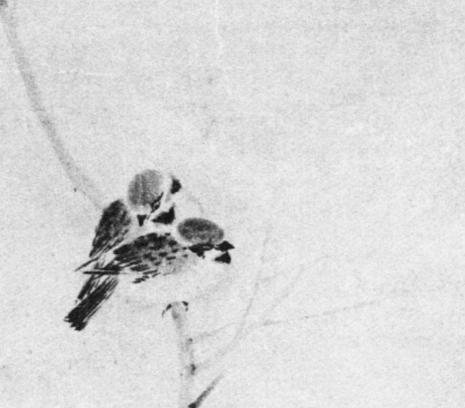Comparative Study of the Realistic and Abstract Ink Painting:Case Studies of Chinese and Japanese Zen Paintings
DOI:
https://doi.org/10.69598/sbjfa240984Abstract
This study aimed to analyze and to compare the realistic characteristics with the abstract characteristics of ink paintings reflecting the philosophy of Zen Buddhism in China and Japan. The study found that the concept of emptiness produced a profound effect on viewers, as their experience was expanded beyond the meretricious beauty of the paintings. Next, the realistic paintings became more abstract, which could be appreciated only through heart. This feature was developed through a subtle interaction between the simplicity of painting and the fullness of the viewers’ mind, of which result perfectly reflected the concept of life and the universe. Normally, any realistic painting explains a process of painting objects or things as seen. On the contrary, Zen paintings from China and Japan were not to imitate the nature, but to express human’s insight into the natural phenomena. Likeness was not the essence of the Zen paintings. This unlikeness-lost philosophy was harmoniously correlated with the Zen way of grasping reality, not by words and formalities such as teachings and doctrines. In this aspect, both Tao and Zen shared a similar way of searching for truth that related directly to the artist’s mind. Each painting was an evidence of a unique way of how the artist’s firm mind connected with the nature. To analyze the paintings aesthetically, the consideration of art composition is an effective method. This method well connected creative knowledge with feelings. The artist’s interpretation of the nature through Zen philosophy was done by a means of eliminating unnecessary forms in ink paintings. The process of painting did not develop in a long period of time. Based on the foundation of emptiness, the paintings were made with just a few brushstrokes and in a very short concentration of time. The artist entered his own emptiness, recorded it through his mind, and expressed his perception in a form of painting instantaneously and unhesitatingly.
Downloads

Downloads
Published
How to Cite
Issue
Section
License
The journal's editorial team does not have to agree with the views and comments in the author's article, nor are they responsible for the comments.











